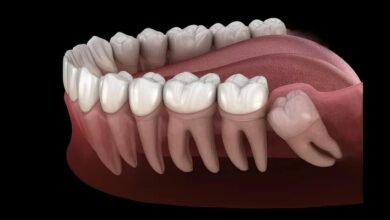Basic First Aid for Bites and Stings

Navigating the Essentials of Dealing with Bites and Stings
Encountering bites and stings from various sources is an inevitable part of life, and having a basic understanding of first aid for these situations is crucial. Whether it’s a bee sting, spider bite, or encounter with a pesky mosquito, knowing how to respond can alleviate discomfort and prevent complications. Let’s delve into the fundamental steps of basic first aid for bites and stings.
Identifying the Culprit: Know Your Biter or Stinger
Before diving into first aid measures, it’s essential to identify the source of the bite or sting. Different insects and animals can elicit varied reactions, and knowing what you’re dealing with informs your response. Be aware of any venomous creatures in your area, and if possible, safely observe the insect or animal responsible for the bite or sting.
Wash the Affected Area: Cleanliness is Key
One of the initial steps in managing bites and stings is to clean the affected area thoroughly. Use mild soap and water to cleanse the wound, removing any venom or bacteria that may have been introduced. Avoid using harsh chemicals or strong antiseptics, as they may exacerbate irritation.
Remove Stingers: Swift and Gentle
For stings from bees or wasps, it’s crucial to remove the stinger promptly. Use a flat-edged object, such as a credit card or the edge of a knife, to scrape the stinger out without squeezing it. This helps prevent further injection of venom. Do not use tweezers or your fingers, as squeezing the stinger can release more venom into the wound.
Employee safety is paramount. Provide comprehensive first aid training to equip staff with life-saving skills. Prioritize well-being, fostering a secure and healthy workplace environment.
Apply a Cold Compress: Soothe the Pain and Reduce Swelling
After cleaning the area and removing the stinger, apply a cold compress to the bite or sting site. A clean cloth or ice pack wrapped in a thin towel works well. Cold compresses help alleviate pain, reduce swelling, and minimize the inflammatory response. Apply the compress for 15–20 minutes, allowing the affected area to cool down.
Over-the-Counter Medications: Manage Pain and Itching
Over-the-counter antihistamines or pain relievers can be useful in managing symptoms of bites and stings. These medications help reduce itching, inflammation, and discomfort. Follow the recommended dosage on the packaging and consult with a healthcare professional if you have any concerns or if the symptoms persist.
Watch for Signs of Allergic Reactions: Know When to Seek Help
While most bites and stings cause mild reactions, it’s crucial to be vigilant for signs of severe allergic reactions. Symptoms such as difficulty breathing, swelling of the face or throat, and widespread hives require immediate medical attention. If someone shows signs of anaphylaxis, call emergency services and administer an epinephrine auto-injector if available.
In conclusion, basic first aid for bites and stings involves a combination of prompt action and awareness. By identifying the culprit, cleaning the affected area, and employing simple remedies like cold compresses and over-the-counter medications, you can effectively manage the aftermath of bites and stings. Remember, if there’s any doubt or if symptoms escalate, seeking professional medical assistance is always the safest course of action.



